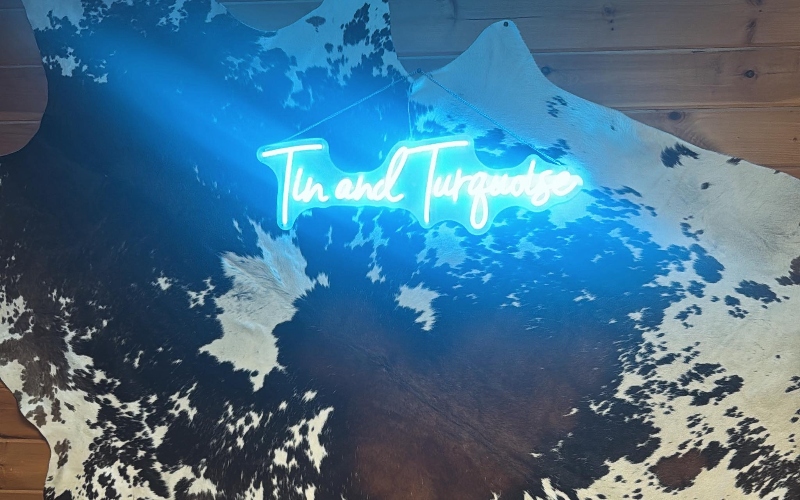Shade Coffee – a hope for migratory birds
Published 5:13 pm Wednesday, January 19, 2011
Coffee is delicious and for some of us, an essential start to the day.
And on a cold winter morning, the smell of coffee entices some of us to leave the womb-like qualities of our comfortable beds! But even the cup of java that we drink every morning is not without its problems.
Just think about where this coffee comes from. It’s the same all over the world: crops that are being grown for human use are modified, crossed and refined to obtain higher yields, stronger resistance to pests and climatic conditions, and a shorter field-to-table time.
Trending
Now this modification of plant life has spread into coffee plantations with a detrimental effect on many of our migratory songbirds.
Traditionally, coffee was grown under a canopy of trees, giving it protection from the sun and allowing for a lower pesticide and fungicide application rate.
Now, with the introduction throughout Latin America of new varieties of coffee that do not require shade, our bird populations are being adversely affected in their man-made winter homes on coffee farms.
This is particularly significant in many areas of Central America, where much of the native forest vegetation is now gone, restricting many wintering birds to these traditional shaded coffee farms.
According to the Smithsonian Migratory Bird Center, shaded coffee farms have become the last refuge for many of our migratory birds.
How does this man-made habitat help birds? Shade grown coffee preserves migratory bird habitats, maintains native tree canopy, supports rainforest preservation, cultivates necessary biodiversity and protects endangered bird species.
Trending
It is also benefits people by preserving the local ecology, and creating healthier farms by reducing the need for pesticides and herbicides, at the same time producing long-term economic benefits for coffee farmers.
But how can we modern coffee consumers affect how coffee is grown? Despite the fact that business usually drives what we do, it is possible for people to make a difference, and in many areas of the country, concerned citizens are demanding shade grown coffee as an alternative to coffee grown by modern, destructive farming methods.
You can make your wishes known wherever you purchase coffee. Also many birding tour companies are working with local shade coffee farms and using them as birding destinations.
We are teaming up with the Cerulean Warbler Reserve in San Vicente, Colombia where Canada and Cerulean Warblers and many other species spend the winter months.
I have now visited this beautiful farm several times and each time I am impressed by the number of birds wintering within the shade trees on the plantation.
There are several new coffee importers and local entrepreneurs that promote organically grown and shade coffees and this seemingly fringe side of the coffee market happens to be the fastest growing aspect of the coffee business.
This has all happened because people care about birds, the environment and coffee. It seems that we may be able to have our coffee and drink it too.
Simon Thompson has lived in WNC for the past 16 years. He owns and operates his own birding tour company, Ventures Birding Tours. WWW.birdventures.com
He and Chris also own and operate the Asheville Wild Birds Unlimited Store. For more information on any of the birding activities in the area, drop by the store or check his website at www.asheville.wbu.com.





